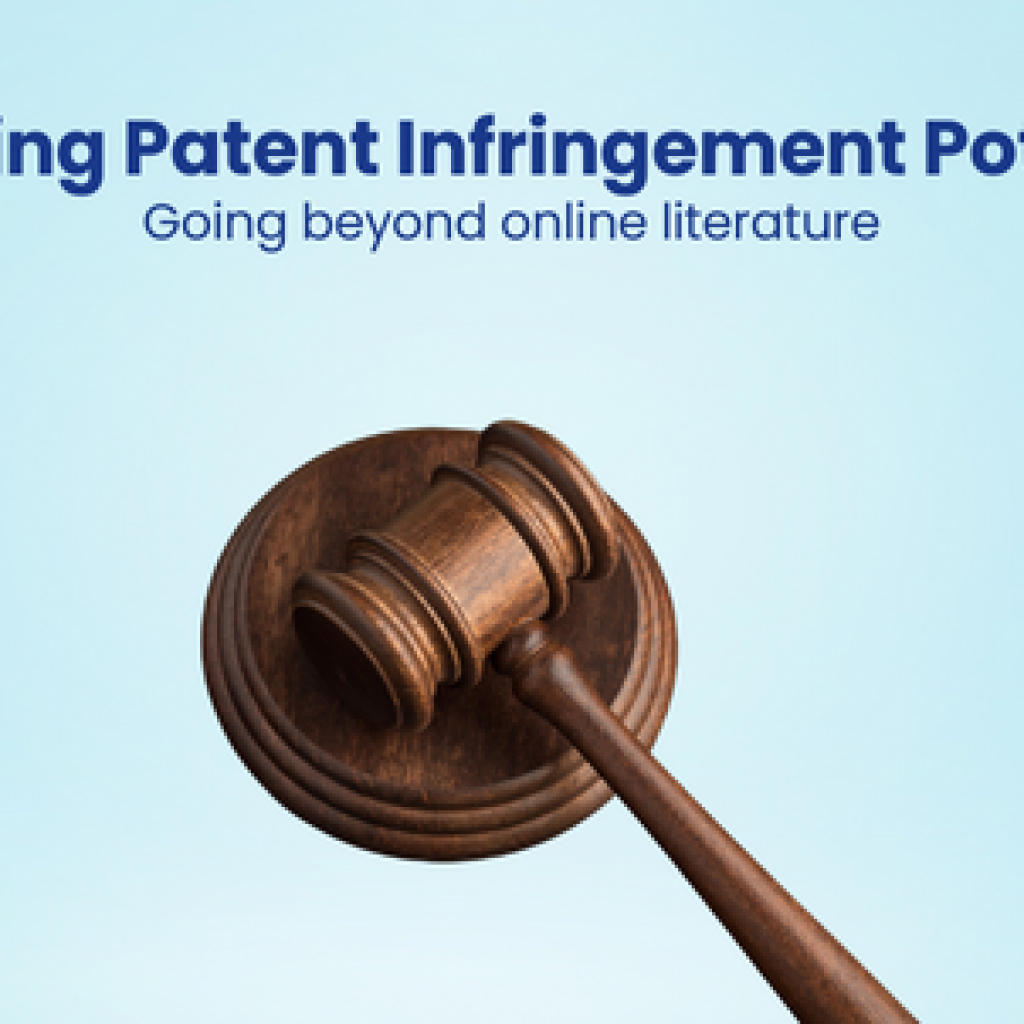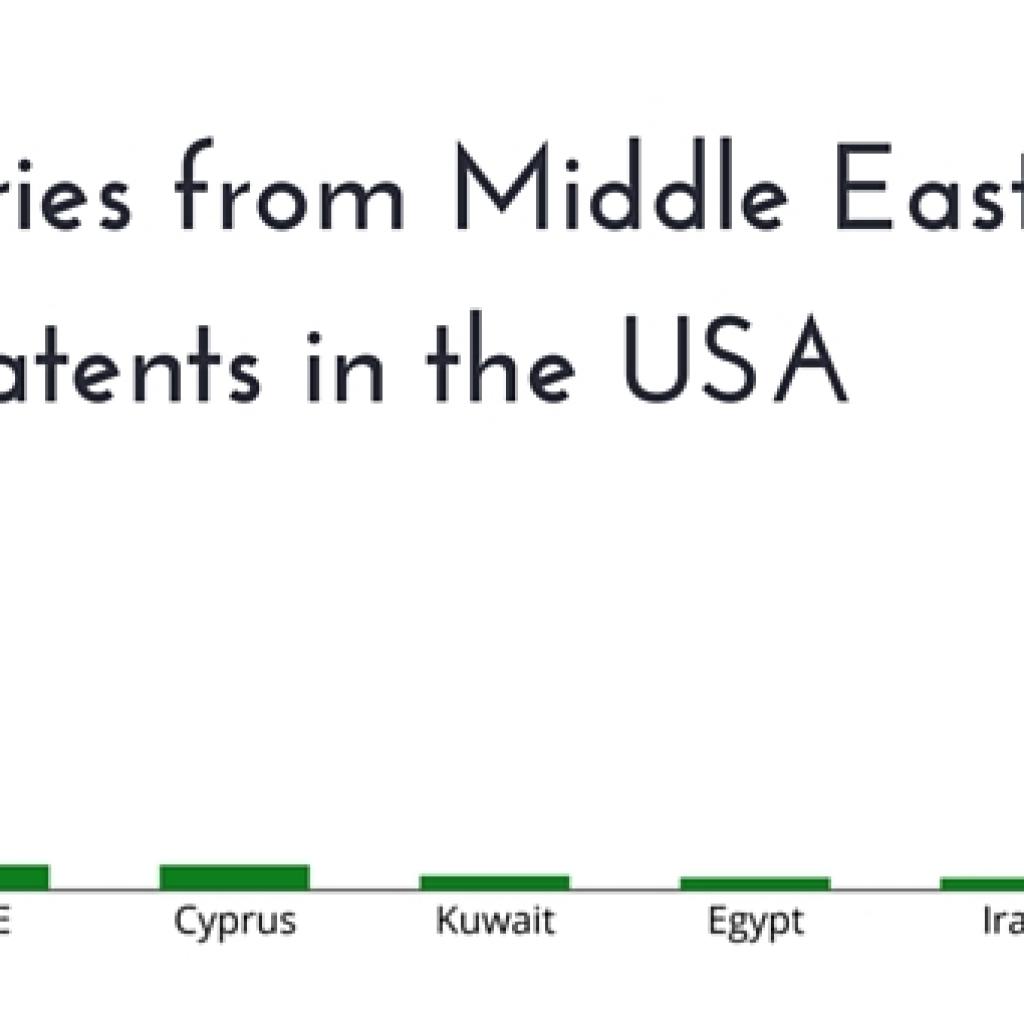Finding prior art for a patent that has a mathematical expression or a complex equation in its claim is hard.
If you have worked on such cases before, you would know it is not like another keyword-based search that can be done by anyone. Spending more time would also not give you the desired result.
As of now none of the commercial patent databases in the market provides the functionality that allows you to search specifically for mathematical expressions. Plus, neither are these expressions digitized, which means they might be in the form of images or garbled OCR text, beyond the reach of a keyword-based patent search.
Despite of it, even if you try doing a keyword search, you would still face a lot of issues, like:
- There exist multiple ways to claim an inventive concept using a mathematical expression in a patent
- The expression can also be written in words
- Different variables can be used for the same expression which causes confusion.
Yes, it’s not easy. Well, our experience says nothing worth invalidating is easy.
A case of finding prior art where complex equations are involved
Especially if the equation looks something like this:

Recently Jim, a regular client and an IP counsel of a hi-tech company contacted us. He wanted to get an invalidation search conducted for a patent that revolved around the concept of transmitting power.
At the heart of this patent and in its claim, lied a mathematical expression that looked a lot similar to the equation above.
There was a lot at stake around the validity of this patent.
For starters, we had to understand the equations
The equation was about the transmission of power depending upon the number of bits that are being transmitted. But there is a special factor (say X) that makes our equation unique. Now, we had to find the places where this variable, X might be in use directly/indirectly.
But Jim hired us because he knew we do not search by applying tactics but by going through the first principles. Our search is less related to what we have to search and more related to –
- What type of research was happening at the time when the patent was filed
- How does the timeline or evolution of the research looks like
- Which companies, universities and inventors were actively involved in solving the same problem
- What other things these guys were doing at that time
- What alternate solutions were existing at that time
- Who had the most resources to solve this problem
- ……..
You try to go back and recreate the whole era in your mind.
Therefore, we started with thoroughly understanding all the above factors around the patent and its application areas. We wanted to know the patent and its equations inside out.
 Searching for the purpose
Searching for the purpose
During search a lot of people do not focus on the ‘purpose’ or the ‘why’ behind every element. Knowing the ‘why’ behind introducing X (unique element) in the equation helps you target the source problem – What does that X do to this equation? How was it used? etc.
Let me give you an example by taking the standard equation:
ΔT = 10·log10(2 BRR·KS -1)) Where ΔT = Power
Now let’s suppose an X factor “β” in introduced in the equation and the equation is changed to:
ΔT = 10·log10(2 BRR·KS -1). β)
You see, X had been multiplied and added to the standard equation which made it unique. To understand the purpose of adding the X factor we need to do some basic mathematics:
So, we can write the above-mentioned equation in the given way:
ΔT = 10·log10(2 BRR·KS -1)+10·log10(β)
Now, what does that X do to this equation? How was it used? These were the questions we were looking to answer.
If we look carefully at the changed equation then a value equal to 10·log10(β) is added to the standard equation which is used to calculate the power. So, we can say that in the current case an additional power equivalent to 10·log10(β) is being added to the standard power being used in the prior art.
So, we need not search for the exact equation itself but for the concept of increasing the power compared to the prior art.
While we were doing this, we also listed down all the other key claim elements and so that we can define their scope based on the specification of the patent and the file wrapper. We want to know – Why were they introduced? What exactly they were doing and how did it make the patent different?
The initial search in File Wrappers
We are told this repeatedly internally – If you want to know the patent inside out, you cannot skip the File Wrapper. The File wrapper contains all the amendments that may have been done to the patent in the past to either widen the scope or prevent from DoE being invoked.
While going through it, we found some 3GPP (3rd Generation Partnership Project) documents being cited in it. These documents eventually led us to some leads. But this was just the initial standard steps and there was a whole path to traverse.
The next step – Explore the evolution of technology around the priority date
We explored the leads related to 3GPP to understand what was being discussed in the forums. While doing all this we were always focused on the variable X and how it may have been used in other leads.
We were continuously sharing updates and our understanding of the evolution with Jim. We wanted him to be fully aware of it so that if we come across a prior art, he can understand the logical evolution of how someone came up with it.
Mapping how inventors were forming equations during the time
We reviewed the equations related to power in all the relevant patents that fall under our focused target area. We wanted to know how the equations were being used, and if they were modified in any way, then how does that look.
To further explain it, we looked for the logs in any equation, and where they are used. Along with that, we searched for decimals in equations where something is added or multiplied in decimals.
This mapping of equations gave us a very good map. We knew how people were evolving around the base equation. Different people were trying to propose different changes. We could see the map in front of our eyes.
That map helped us found the result that was referring to a very similar concept that we were looking for. However, there was one factor that was missing due to which we could use the patent alone as X reference.
We were so close. We started looking at everything around that patent. What those inventors did, where they contributed, where the assignee was active etc. We found the inventor was involved in a lot of 3GPP meetings. When we found it we did a deep-dive and reviewed all the documents related to those meetings and finally found the missing piece. We didn’t have one single X reference but we were able to showcase a prior art strong enough to prove invalidity.
It was almost time for the interim update and we shared the results with Jim. We also took him through how these two documents can build a strong case.
Jim loved it and told us to stop here and let him take this to his attorney. Here are his words –
“You guys look into detail at a level that is far above industry standards, This is the reason I like to continue working with you. Good job!”
Could this case be made any stronger?
If you want to know what drives us – We love seeing our client win. We have somehow connected our win with their win. So working on more cases do not excite us.
Ensuring the success of our clients is our key objective irrespective of the kind of projects we take up.
When combining the results, we don’t – and didn’t – just throw the references together. We go through it quite thoroughly, to look for any chance of finding something new. Maybe hidden in some fine print. And I believe that this ritual of ours makes us stand out in what we do.
Here, combining the patents that came up in our search with 3GPP documents covered all the claim elements of our subject patent.
However, the cherry on the cake was that the inventor of the patent in hand was present ( as researcher) in all the 3GPP documents used in the case, which gave us a stronger case in hand.
Have a project which involves complex equations or mathematical expressions and is giving you a tough time? Fret not, we’re just a click away-
Authored by: Harjasleen Kaur, Prior art, Harman Singh, Prior art and Gayatri Sharma, Market Research.










